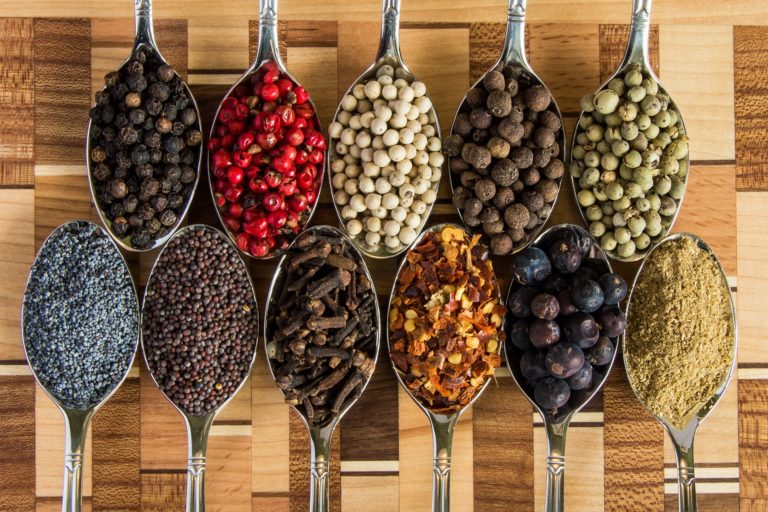
If you’ve been a foodie for a while, you’ve endeavoured plate after plate of adventure and chances are, not every journey offered the mountain top experience you sought out for. This is just part of the foodie experience though-right? However, there have been times where it was a big deal, you know… when the lighting was just right, the background music set the perfect mood, you were in good company and you were in great spirits. On a night like this, you were absolutely, positive that the meal you ordered would foster a blissful finale. Your plate arrived at your table as if floating on a cloud and you beheld its beauty as the work of art you imagined it would be. Then there was the moment of truth, you took the first bite and the beauty of the evening was interrupted, like the sudden screeching of a violin in a symphony. This was not what you were expecting…it was a fail. As grieved as you may have been, you were able to remedy the evening, right? You ordered another meal and embarked upon a new journey. Experiencing disappointments like these can make a foodie reluctant on the spice gamble, however, one could argue, where there’s no spicy risk, there can be no tasty reward.

Whether you are one who prefers to stick to the recipe, whether you are more determined make a bold signature statement on most meals, or you consider yourself to be in-between the two, taking risks with spices could really step up your hosting game. This also applies to the dining experience. However, are you one who needs more of a nudge in this direction? Consider these simple points on your journey to spice things up!
#1-BE FOCUSED
Where many foodies fail in venturing to spice it up, is they tend to do so “spur of the moment.” Let’s say you’re making your classic recipe Clam Chowder, and though it never disappoints, you decide you want to add a special touch by raiding your spice cabinet. This method may not be the best route to take for someone who isn’t a professional. Even for the best of the best, it is sometimes hard to gauge how every flavour is going to compliment every other flavour “spur of the moment”. It may help to be more intentional when you prepare a meal. Most especially if you don’t like to waste. You could perhaps draw from a past experience you’ve had with similar flavours to be more intentional this way you have someplace to start from. For example, let’s say you’ve tasted a most deliciously seasoned smoked salmon at on vacation. What if you were to sprinkle some smoked paprika on your homemade clam chowder? This may or may not be a win for you, but you would be taking less of a risk.
#2-LESS IS MORE
Waste is a big deal to many foodies out there. Who in this day and age has time to and energy to waste preparing a meal only not to enjoy the fruits of their labor? To make matters worse, the spice that was not necessary for the original recipe turned out to be the culprit for the failure of the dish…not a fun experience. If you’re going to risk adding a new spice, maybe use a little at first, and if you can, make yourself a little plate to taste. As mentioned before, one can assume that spice will be a winner, but the taste test is the true test to pass. Using less spice can also be a helpful strategy while hosting because you may love spice in your dish that is considered more of an acquired taste to your guests. Using less at the beginning can also better your chances to reverse any unanticipated damage; let’s face it, we’ve all had to add more chicken stock here, more water or cream there.
#3-BE FOOLPROOF
If you’re not inspired to take more risks with spices, quite yet, consider this last suggestion; be foolproof. How do you do this? If by chance you are less of a risk taker, consider drawing from the well of the wise. You can study the basics and build from there. Spice blends are a great place to start. For example, if you are not confident that you’ve mastered seasoning your poultry, observe the seasonings in 3 or 4 poultry seasonings at the store. Another source to consider drawing from is simple but sure; consider your knowledge of what you’ve cooked in the past, taking inventory of what you liked and didn’t like as much. Similar recipes you’ve cooked may have elements that you can draw from and make your own. For instance, what if you made an Italian soup with turkey meatballs that you loved before but now, you’d like to make a penne pasta dish with homemade encased chicken sausage. There may be some similar elements you can explore.
There you have it, spice doesn’t have to be the disappointment it once was. Taking a risk on spice can furnish great rewards. What if you could produce a superior dining experience for your guests by taking just a minor risk? Spices can absolutely make your dish blossom. Spices are not only as bold in pigment, aromatic, and flavourful but they are undeniably present. Spice, whether common and exotic, can be the element that takes a meal from tasty to unforgettable.